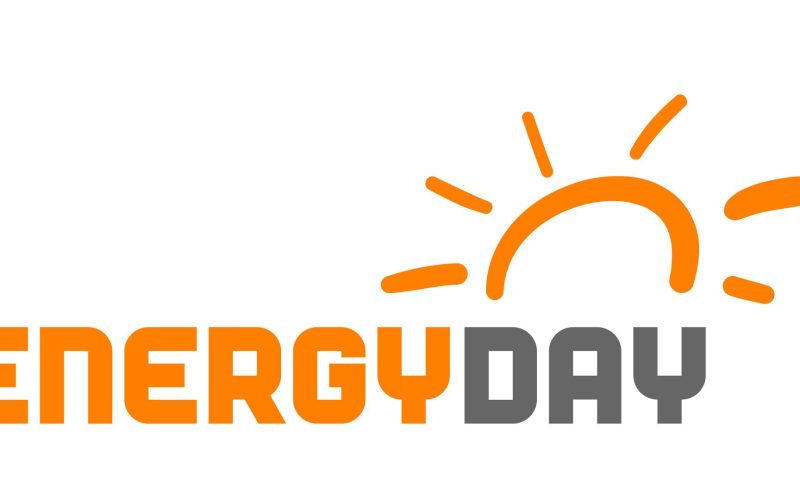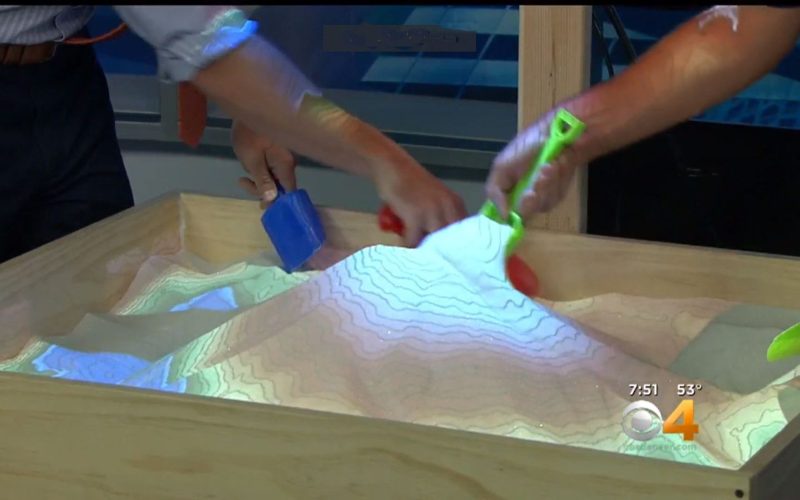THE VOICE FOR THE ENERGY CONSUMER

In most studies, Missouri’s electricity grid ranks high in reliability and affordability. Missouri historically gets better electric service, at a lower price, than most states — a perfect combination for.

The Shale Gas News featured an interview with Consumer Energy Alliance’s David Holt on issues facing the natural gas industry and consumers in America. Every Saturday Rusty Fender and I.

CEA’s Andrew Browning appeared in the Denver Post discussing the goals of Colorado’s first Energy Day Festival. Join families, teachers, and industry leaders at Denver’s East High School on Saturday,.

Stories about groups protesting the Keystone and Dakota Access pipelines in the recent past remain in the minds of many, as their headlines once splashed across countless newspapers at home.

MINNEAPOLIS, MN – Consumer energy advocate, Consumer Energy Alliance (CEA), released a pair of television ads seen only in Minnesota during Sunday night’s broadcast of the Emmy Awards to focus.

CEA’s Andrew Browning and Anadarko Petroleum’s Jarrad Berg were featured on Denver CBS4 News discussing Denver’s Energy Day 2017. This Saturday, September 23rd at East High School, Denver’s first Energy.

HOUSTON, TX – Consumer Energy Alliance (CEA) is pleased to welcome the Business Council of Alabama as its newest affiliate member. The Business Council of Alabama (BCA) is Alabama’s foremost.

CEA’s David Holt weighs in on the New York State Department of Environmental Conservation decision to waive authority over whether to issue or deny a water-quality certification for the Millennium.

CEA’s Mike Butler explains why families in Maryland pay $181.55 more for electricity annually than the national average. These higher costs hit families and individuals who are less well-off harder.

This Week in Jacksonville with Kent Justice on Channel 4 WJXT, Hurricane Irma recovery with U.S. Rep. Al Lawson; Allen Ginder, on Gov. Scott’s Technology Advisory Board to discuss tech.